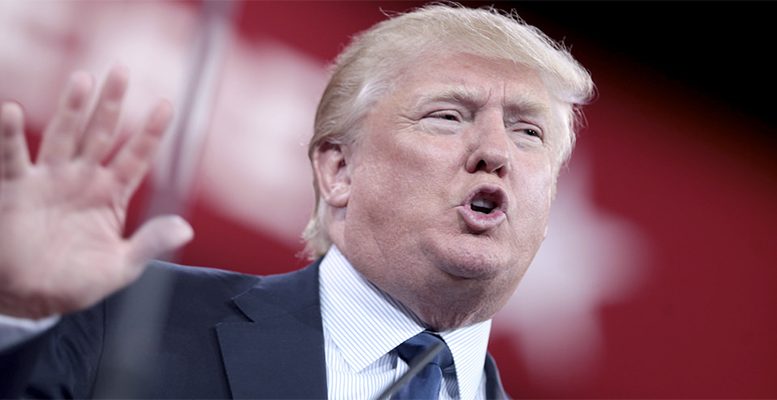A review on fixed income market cannot omit president-elect Trump’s first press conference of the year, although it contained little substance for investors trying to understand what the economic priorities of the new Administration will be.
According to Chris Iggo, CIO of Global Fixed Income at AXA IM:
Like some stand-up comedians seem to thrive on taking on hecklers in the audience, Mr Trump appears to relish picking fights – Meryl Streep, the CIA, the news organization CNN, Obamacare, Mexico (again) and germs. With his Tizer-Tan and habit of parenthesising his comments, if you did not know better one could be forgiven for not taking him altogether seriously. But the reality is that we must and the problem for investors, the closer we get to Trump moving into the White House, is trying to figure out what is showmanship and what is real politics.
It is interesting that the Trump rally has run out of steam a little bit over the last couple of weeks. The US stock market has gone sideways, the dollar is off its highs and Treasury yields have fallen 25 basis points (bps) from the highs of late December. Iggo says:
I don’t think we are reversing, but I think investors are putting bullishness on hold, at least until there is an opportunity to hear more policy details from the new President. If the inauguration speech reiterates the desire to cut taxes, boost spending and raise the US growth rate, the rally should be back on. If, on the other hand, the occasion is another invective against real and imagined enemies, risk aversion might become a lot more apparent.
It could be just a function of the transition from Obama to Trump and how that is being judged in the rest of the world but it does seem that the geo-political risk dial has been turned up somewhat in recent months. How markets respond to the first few days and weeks of the Trump Administration could determine what kind of year 2017 will be for investors.
Meanwhile it is all quiet in Europe at the moment. European markets have been dragged higher by the focus on the US while longer term core bond yields are firmly in positive territory. Credit markets are stable with European high yield delivering around 75 bps of return above government bonds in the first two weeks of the year. Generally higher yielding bond assets are outperforming with the lower yielding investment grade market having to absorb a huge amount of corporate issuance so far in January. According to Bloomberg, there has already been some $93bn in US corporate bond (investment grade) issuance in 2017 with a lot of issuance coming from the financial sector but also from sectors like telecom.
The European markets have been busy as well, again seeing a lot of financial issuance as well as sovereign and semi-sovereign bonds being sold as borrowers race to get funding done in case global yields do move higher in 2017. With credit spreads around 30% above the lows reached in 2014, it is difficult to see a significant further tightening of spreads in the short term given the technical backdrop of increased supply.
Still, I like credit within the bond world because of the additional spread relative to government bonds (+1.29% in US investment grade, +4% in US high yield, +1.24% in European investment grade and 3.7% in European high yield). Higher yield and less duration than equivalent government bonds mean credit is somewhat more defensive when the biggest risk factor in bond markets is the normalisation of interest rates.
President Obama leaves office after 8 years with the S&P500 150% higher than when he made his inauguration speech, the unemployment rate over 2% lower, with 7m more non-farm payroll jobs and, according to the International Monetary Fund, with per-capita GDP some 40% higher than at the end of 2008. The starting point was recession so the progression looks good, but even with that it is hard to knock what has been achieved since then. Taking over an economy at full employment, well advanced in the business cycle with monetary tightening just getting underway is going to be a more challenging job. There is very likely to be some sort of downturn within Trump’s term in office and given where debt levels remain, it could well be a significant one. The big medium term concern revolves around the question – if Trump is this antagonistic globally about trade and defending US interests when the economy is pretty much at full tilt and when equity markets are at record highs, what might he be like when the US enters a recession. One thing is for sure, the dollar won’t be strong forever.





